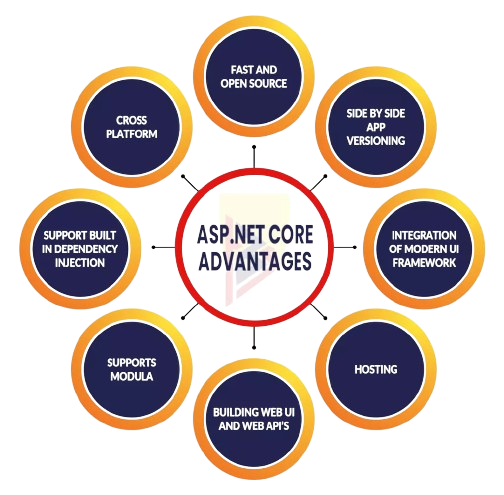Architecture of .NET Framework
1. The Common Language Runtime (CLR) is the heart of the .NET framework. It's responsible for managing the execution of .NET programs, providing several crucial services that aid in the execution of code written in various .NET languages.
Here are some key aspects of the CLR:
. Execution Environment
Code Execution: CLR executes Intermediate Language (IL) code, which is produced by compiling source code written in different .NET languages like C#, VB.NET, F#, etc. Just-In-Time (JIT) Compilation: IL code is compiled into native machine code at runtime by the JIT compiler, optimizing performance for the specific machine.
. Memory Management
Garbage Collection (GC): CLR includes an automatic memory management system that performs garbage collection to reclaim memory occupied by objects that are no longer in use. It helps in avoiding memory leaks and managing memory efficiently.
. Exception Handling
Exception Management: CLR provides robust exception handling mechanisms to manage and handle exceptions that occur during program execution, promoting reliable and consistent error handling.
. Security
Code Access Security (CAS): CLR enforces security policies to ensure that managed code operates within a secure and trusted environment. It applies security permissions based on the code's origin and the actions it intends to perform.
2. The .NET Framework Class Library (FCL) is a comprehensive collection of reusable types and functionalities available to developers using the .NET Framework. It encompasses a vast set of classes, interfaces, and value types organized into namespaces that provide a wide range of functionalities to build applications. The Class Library provides a set of APIs and types for common functionality. It provides types for strings, dates, numbers, etc. The Class Library includes APIs for reading and writing files, connecting to databases, drawing, and more.

